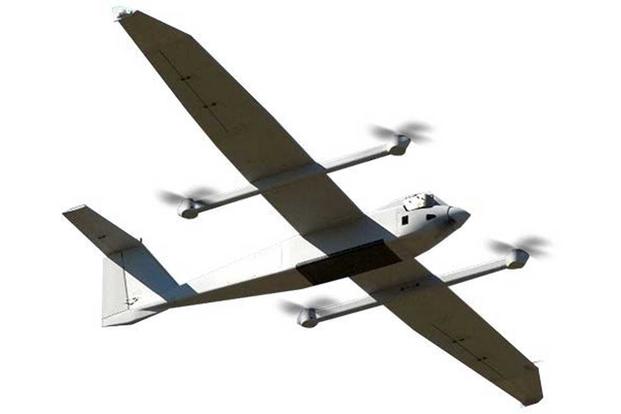Army aviation officials recently provided an update on the service's field-testing of its next-generation drone aircraft program, a key modernization effort under Future Vertical Lift (FVL).
The Future Tactical Unmanned Aircraft System (FTUAS) is being developed to replace the current RQ-7B Shadow UAS to provide brigade combat teams with day and night reconnaissance and surveillance of enemy forces on the future battlefield.
Modernization officials recently began equipping combat units with prototypes of the FTUAS for field-testing, Brig. Gen. Robert Barrie, commander Program Executive Office Aviation, said last week at the Association of the United States Army's annual meeting.
Read Next: Army to Outfit 110 Active Brigades with Fitness Experts to Boost Soldier Performance
"We have five units now that have four different, vendor [prototypes] of Future Tactical UAS -- in the hands of soldiers using them," Barrie said during the virtual webinar.
The soldier touchpoint evaluations, which will continue through fiscal 2021, are designed to help develop future requirements for the program, Army officials say.
"All of that is going to lead to utilization in a [combat training center] by the soldiers, and then feedback will go to the government to say, 'Hey, how are we going to document using all of the input we have from soldier touchpoints?" Barrie said.
The FTUAS was started roughly two years ago to create a UAS much quieter than current drones that wouldn't require long stretches of runway to land.
"It was specifically targeted to answer a question: Can we [develop a] runway-independent solution that delivers capabilities similar to Shadow and does it in a way that is less acoustically noisy and is more transportable rapidly," Barrie said.
The FTUAS would also be deployable using CH-47 Chinook helicopters and provide commanders more flexibility on the battlefield, Army officials said
The FVL effort includes the Future Long Range Assault Aircraft (FLRAA) effort designed to replace the UH-60 Black Hawk and the Future Attack Reconnaissance Aircraft (FARA) designed to fill the gap left open by the retired OH-58 Kiowa Warrior scout helicopter.
Army FVL officials are also developing Air Launch Effects (ALE) -- special drones that can be launched from aircraft to recon enemy air defenses and even deceive adversaries with electronic signals.
"We could not be more excited about the aviation modernization effort with the Future Vertical Lift," Maj. Gen. David Francis, commander of the Army Aviation Center of Excellence, said at AUSA. "The capabilities that are being demonstrated by industry are truly phenomenal, allowing us to get after the asymmetric advantage we know we are going to require for large-scale combat operations in the future."
-- Matthew Cox can be reached at matthew.cox@military.com.
Related: Army Wants Air-Launched Drones to Do Recon for Futuristic Combat Helicopters











